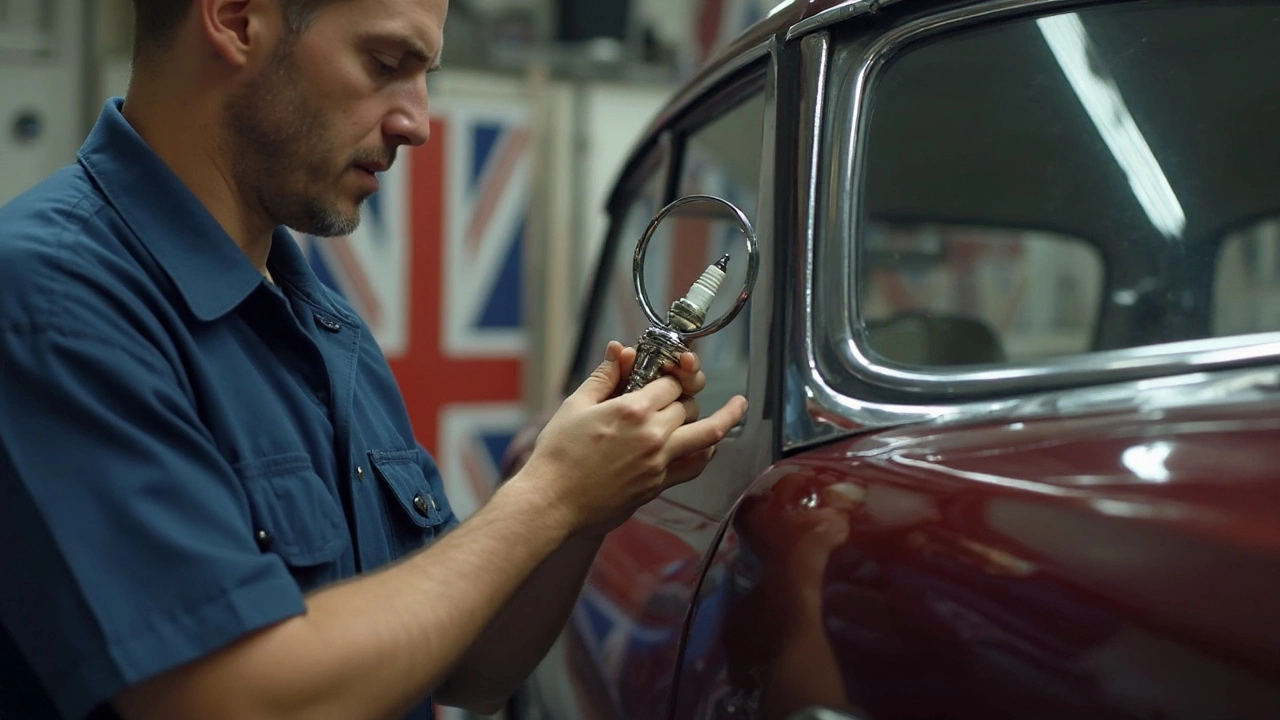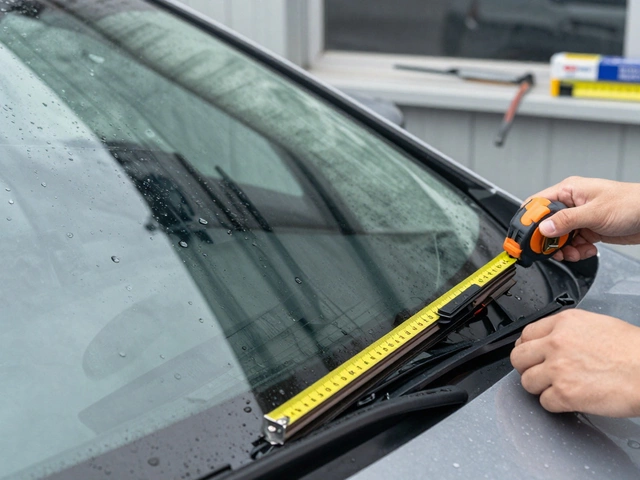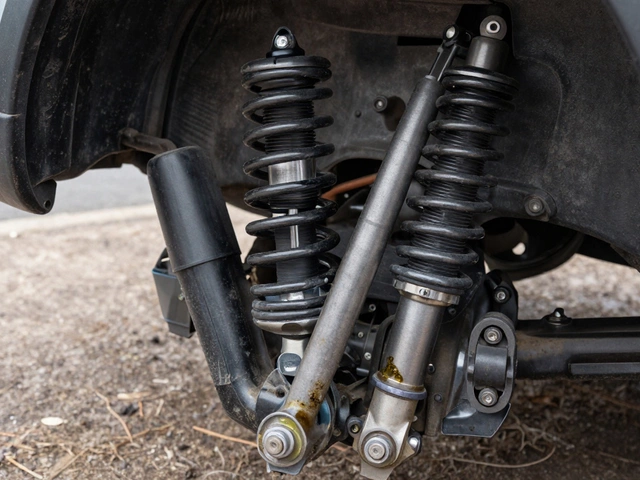Replacement Interval: When to Replace Key Car Parts for Safety and Performance
When it comes to your car, the replacement interval, the recommended time or distance before a part should be swapped out to maintain safety and performance. Also known as service interval, it's not just a suggestion—it's the difference between a smooth ride and a breakdown in the middle of nowhere. Skip it, and you’re gambling with your safety, your wallet, and your engine’s life. You wouldn’t wait until your phone dies to charge it—so why wait until your brake pads are gone to think about replacing them?
Every major part in your car has its own replacement interval, the recommended time or distance before a part should be swapped out to maintain safety and performance. Also known as service interval, it's not just a suggestion—it's the difference between a smooth ride and a breakdown in the middle of nowhere. Skip it, and you’re gambling with your safety, your wallet, and your engine’s life. You wouldn’t wait until your phone dies to charge it—so why wait until your brake pads are gone to think about replacing them?
Take brake rotors, the metal discs that work with brake pads to stop your car. Also known as brake discs, they typically last between 30,000 and 70,000 miles—but only if you don’t ignore the squealing, vibrations, or longer stopping distances. If you wait too long, you’ll end up replacing both rotors and pads, and maybe even damage the calipers. Same goes for shock absorbers, the components that smooth out bumps and keep your tires on the road. Also known as shocks, they wear out slowly, often after 50,000 to 100,000 miles, but the signs—bouncing too much, uneven tire wear, or a nose-dive when braking—are hard to miss if you know what to look for. And then there’s the fuel pump, the device that pushes gas from the tank to the engine. Also known as fuel delivery system, it doesn’t usually give much warning before it dies, but most last around 100,000 miles. Waiting until your car won’t start is a risky game. Don’t forget oil change, the most basic but critical maintenance task. Also known as engine oil service, it’s not a one-size-fits-all. Some cars need it every 5,000 miles, others can stretch to 10,000—especially with synthetic oil—but skipping it turns clean oil into sludge, and sludge kills engines.
These aren’t random parts. They’re the core systems that keep you moving safely. And their replacement intervals aren’t magic numbers—they’re based on real-world wear, stress, and failure rates. The posts below give you the exact signs to watch for, the real costs, and the no-nonsense advice on when to act. No theory. No fluff. Just what you need to know before your next repair bill hits.





